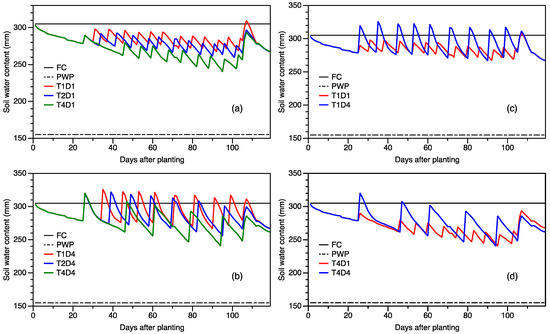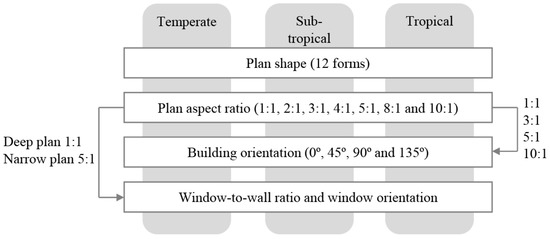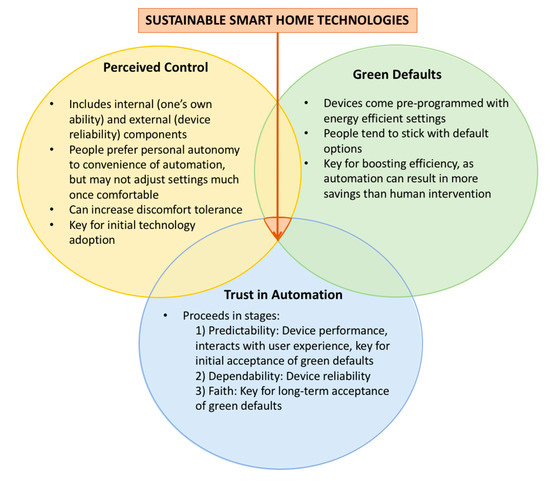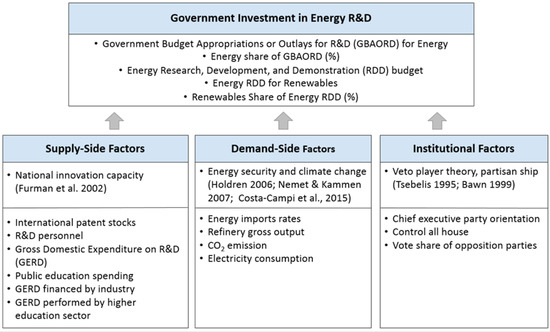Sustainability 2017, 9(4), 630; https://doi.org/10.3390/su9040630 - 17 Apr 2017
Cited by 25 | Viewed by 5050
Abstract
Identifying irrigation strategies that improve agricultural water use efficiency (WUE) have a pivotal role to play in sustainable water development. In this study, the AquaCrop model was used to examine the impact of different irrigation scheduling options on yields to identify viable strategies
[...] Read more.
Identifying irrigation strategies that improve agricultural water use efficiency (WUE) have a pivotal role to play in sustainable water development. In this study, the AquaCrop model was used to examine the impact of different irrigation scheduling options on yields to identify viable strategies to enhance WUE for irrigated maize. Two scheduling scenarios at water application depths ranging from 20 to 50 mm were investigated: schedules based on allowable depletion of total available water (TAW) in the root zone and interval schedules based on irrigating at predefined daily intervals. For both scenarios, simulated yields, seasonal water applied and percent percolation loss were within the range of 9.16 to 10.22 ton/ha, 180 to 950 mm and 0–61%, respectively. The WUE in terms of water applied (WUEIrr) and crop evapotranspiration (WUEET) ranged from 1.07 to 5.48 kg/m3 and 2.42 to 4.42 kg/m3, respectively. The results revealed that depletion levels of 40–50% TAW at water depths of 20–40 mm could be used to obtain high WUE without significant yield penalty. Moreover, a good balance between yield, improved WUEET and percolation reduction was observed at water depths of 30–40 mm for daily intervals with water applied during the vegetative-reproductive stage of 7–5, 10–5 and 10–7. The identified strategies can contribute to the development of best management practices for water conservation.
Full article
(This article belongs to the Special Issue Sustainable Water Resources Management)
►
Show Figures













